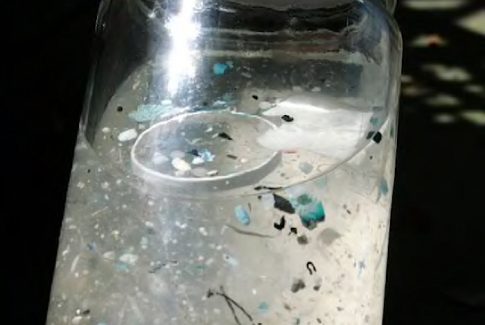A new study by a group of scientists now estimates the “Great Pacific Garbage Patch” to be 79,000 tons of plastic. This is “four to 16 times larger than previously estimated.”
The other surprising find was that 46 percent of it is made up of fishing gear. Netting and other fishing gear entangles whales, turtles and other large and medium-sized sea creatures.
Gradually, large plastics break down into floating microplastics, but this does not mean they are less harmful. Microplastics are often mistaken for food by marine life, some of which are eventually consumed by humans. Some microplastics can be toxic, and small enough to enter the bloodstream.
Despite the giant size of the Great Pacific Garbage Patch, it is believed “99% of all plastic in the ocean is not on the surface anymore.” What happens to this plastic pollution is still being studied. Some is consumed by animals while much of it might be found on beaches or the ocean floor. This pollution will have consequences for decades and centuries to come.
Sources:
National Geographic: Great Pacific Garbage Patch Is Bigger and Mostly Made of Fishing Gear
The Guardian: Microplastic pollution in oceans is far worse than feared say scientists






